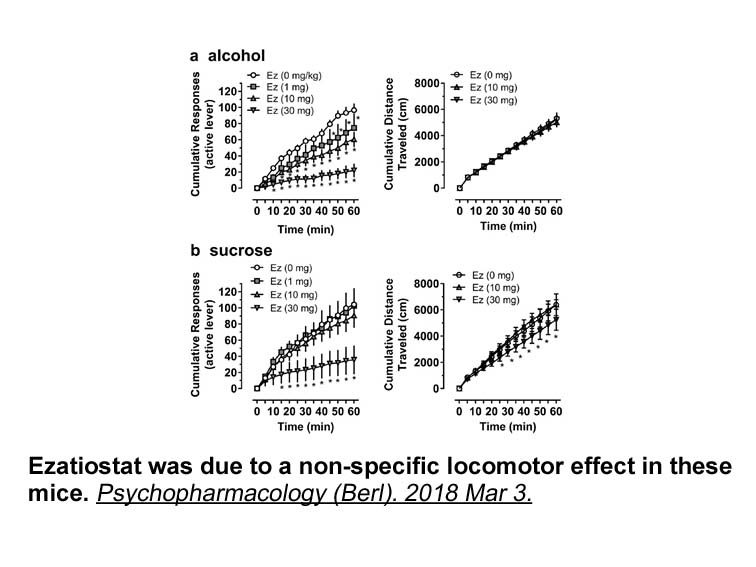Archives
br Perspectives br Acknowledgments This investigation was su
Perspectives
Acknowledgments
This investigation was supported by a Research Grant 2010/01385-5 from FAPESP (Sao Paulo Research Foundation, Brazil). P.F.S. was recipient of a CNPq (National Council for Scientific and Technological Development, Brazil) productivity grant. R.F.A. was recipient of a CAPES (Coordination for the Improvement of Higher Education Personnel of the Ministry of Education in Brazil) fellowship. The authors thank all the staff at the Unit of Translational Endocrine Pharmacology and Physiology at Laboratory of Pharmacology for technical support, and the agency GLMS Scientific Language Services for having improved the English in this manuscript. The funders had no role in study design, data collection and analysis, decision to publish, or preparation of the manuscript.
Introduction
Mammalian neutral aminopeptidase (APN) plays pivotal roles in many physiological processes, such as pain sensation, blood pressure regulation, tumor angiogenesis and metastasis, immune cell chemotaxis, sperm motility, cell-cell adhesion, and coronavirus entry [1]. Accordingly, APN is a major target for treatment of diseases related to these physiological processes [1]. APN is the most extensively studied member of the M1-family of zinc-dependent aminopeptidases [1]. This enzyme is widely expressed on cell surfaces of tissues, such as intestinal epithelia and the nervous system [1]. APN is a type II membrane protein generally found as a homodimer in several mammalian species. Full-length human APN consists of 967 JANEX-1 with a short N-terminal cytoplasmic domain, a single transmembrane segment, and a large ectodomain containing two catalytic motifs highly conserved across the M1 family: the zinc-binding motif HEXXHX18E and the exopeptidase signature GXMEN [2].
The general catalytic mechanism of mammalian APN is believed to be similar to that of prototypic zinc peptidase thermolysin, which involves catalytic water attacking scissile peptide bonds [3]. However, the means by which substrates gain access to the catalytic site and how products are released have been the subject of some debate for several members of the M1 family [4], [5], [6]. APN preferentially cleaves neutral amino acids, most notably alanine, off the N terminus of peptide substrates leading to their activation/inactivation in the extracellular space. Mammalian APN operates ubiquitously in peptide metabolism pathways. It plays important roles in pain sensation and mood regulation by catalyzing the metabolism of neuropeptides that process sensory information. One of these neuropeptides is enkephalin, which binds to opioid receptors and has pain-relief and mood-regulating effects [7]; APN hydrolyses and shortens the in vivo life of enkephalin. APN is moreover involved in blood pressure regulation; it degrades the vasoconstrictive peptide angiotensin-III, causing vasodilation and lowered blood pressure [8]. An endogenous APN inhibitor, substance P, blocks both the enkephalin-dependent and angiotensin-dependent pathways [9], [10]. APN is also overexpressed on the cell surface of almost all major cancer forms and is essential for tumor angiogenesis by degrading angiogenic peptides [11]. A natural APN inhibitor, bestatin, is a substrate analog for APN and demonstrates antitumor activities [12]. However, it should be noted that these generic inhibitors often show activity against other aminopeptidase families [13].
The resolution of the three-dimensional structures (3D) of human APN in complex with angiotensin-IV and two peptidomimetic inhibitors, amastatin and bestatin [2], allows the application of structure-based drug discovery approaches to screen novel inhibitors. In this study, we identified three non-competitive inhibitors of the human and porcine APN by combining virtual screening and enzymatic assays. These non-peptide inhibitors lack the typical zinc-binding groups (ZBG) present in most of the APN inhibitors. Molecular docking simulations suggested these compounds hindered APN activity by an alternative mechanism to Zn coordination. Notably, the intraperitoneal injection of compounds BTB07018 and JFD00064 inhibited APN activity in rat brain, liver and kidney indicating a good bio-distribution.
combining virtual screening and enzymatic assays. These non-peptide inhibitors lack the typical zinc-binding groups (ZBG) present in most of the APN inhibitors. Molecular docking simulations suggested these compounds hindered APN activity by an alternative mechanism to Zn coordination. Notably, the intraperitoneal injection of compounds BTB07018 and JFD00064 inhibited APN activity in rat brain, liver and kidney indicating a good bio-distribution.